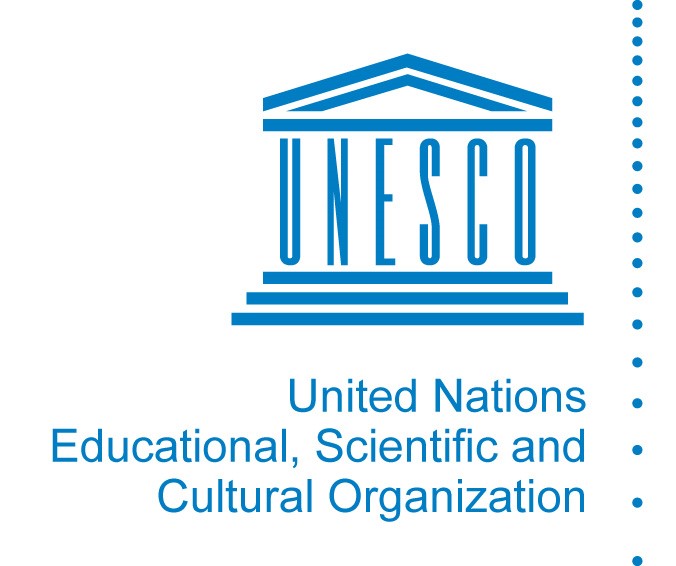Research and monitoring are key components to any programme or initiative engaging with the media. It is this data and information that provides insight into how the industry is performing- the progress that has been made and the gaps that still exist. Research and monitoring can be used for a number of purposes:
- To highlight practices that are good and to call attention to those institutional practices and content that are problematic and need attention.
- To inform normative processes, fill gaps and hold governments accountable to commitments they have made in this area.
- To connect directly with journalists, editors and media owners.
- To engage in public campaigns and education initiatives (e.g. media literacy and community dialogues) that challenge prevailing social norms and gender stereotypes that condone inequality, discrimination and violence.
- To provide substance for training and programme development.
|
The Global Media Monitoring Project World Association for Christian Communication (WACC) The Global Media Monitoring Project (GMMP), initiated by UNESCO and overseen by the World Association for Christian Communication (WACC), is the largest and longest longitudinal study on gender in the media worldwide, with network partners in over 100 countries. Since 1995, it has been conducting highly participatory and highly visible assessments of the media every five years, tracking progress on gender equality. This initiative has spurred a movement across regions, equipping its participating organizations with the skills and tools to engage in this work on a regular basis. The project has undertaken the following activities: ? Mapping the representation and portrayal of women in the world’s news media ? Developed a grassroots research instrument ? Built solidarity among gender and communication groups worldwide ? Created media awareness through advocacy, campaigns and dialogue ? Developed media monitoring skills on an international level The project provides a useful repository of women’s representation in the media, and its findings can be used to argue about the role of the media in portraying society in all of its diversity, rather than perpetuating harmful gender stereotypes. The findings of the project research can prove a useful foundation for a discussion with news/ entertainment or social media. The methodology and research instruments of the GMMP are freely available in three languages. They are user-friendly and easily adaptable to the local context to facilitate independent monitoring of media reporting. For more information, see: http://whomakesthenews.org/ To access the tools, see: http://whomakesthenews.org/media-monitoring/methodology-guides-and-coding-tools |
Advisory Media Forum (Albania)
UN Women in Albania, with funding from the European Union, launched an Advisory Media Forum for reporting on trafficking of girls and women. The forum currently has 30 members/journalists from major media outlets and has provided a platform to increase accurate and ethical reporting. A manual and a practical toolkit have been produced on reporting trafficking cases, as well as two media monitoring reports for 2014 and 2015, on print and electronic media. A competition was held in 2014, in collaboration with the Ministry of Internal Affairs, for the best articles on human trafficking in the national media. The awarded journalists were invited to become part of a global training in Kiev, Ukraine in November 2015.
A review of the programme stated that UN Women’s work with the media in Albania has resulted in increased gender-sensitive media reporting on trafficked women and girls, as well as in increased community sensitivity to women and girls facing and surviving trafficking, as a result of campaigns and workshops reaching 20,000 citizens nationwide.
For more information, see: http://www.unwomen.org/en/news/stories/2016/3/breaking-the-cycle-of-human-trafficking-in-albania
Just the Women (United Kingdom)
In the UK, a group of four women’s organisations worked together in 2012 to monitor all national newspapers’ portrayal of women and VAWG over a two-week period. Workers and volunteers read every page of every national newspaper for two weeks and noted the quantity and quality of any coverage related to VAWG, including the reporting of crime stories, political stories, feature stories and interviews, and even elements of advertising used alongside these articles. A summary report was produced which found: (1) minimising and sensationalising coverage of VAWG, and (2) racist-sexist portrayals of women in multiple media outlets, at a time when media regulation was under scrutiny. The results formed a key part of the response of women’s organisations to the debate about press reform in the UK. The report was used to engage with journalists, editors, politicians and the wider public, and to create broader, ongoing conversations about how media portrayals contribute to ‘permission-giving’ for VAWG. It was regularly cited by media commentators and politicians and influenced the work of other women’s groups challenging media portrayals of VAWG.
For more information, see: http://www.endviolenceagainstwomen.org.uk/wp-content/uploads/Just-the-Women-Nov-2012.pdf
Indicators are specific, observable and measurable characteristics that can be used to show changes or progress in an initiative. For media organizations, global indicators have been advanced for assessing performance on gender equality and for the safety of journalists. These indicators can be used and contextualized for various national settings to conduct research and determine the baseline or country context against various areas of concern. Tracking data against these indicators over time, shows if interventions are having a positive impact on equality and safety.
|
UNESCO Gender-Sensitive Indicators for Media (GSIM) In 2012, UNESCO, in cooperation with the International Federation of Journalists and other partners launched a global framework of gender-sensitive indicators to guide the media in assessing its performance on gender equality. The indicators comprise critical areas of concern, including:
Specific indicators on violence against women include:
To see the full list of indicators. Available in English. |
|
UNESCO Journalists' Safety Indicators International level Indicator Categories
National level Indicator Categories
See the full list of indicators and the accompanying implementation guidebook. Available in English.sit: |
Monitoring implementation of resolutions is another entry point for holding government and media houses accountable. For example, the Global Network Defending and Promoting Freedom of Expression (IFEX) provides practical suggestions for civil society and partners on how to engage with human rights bodies to strengthen implementation of commitments.
See: https://ifex.org/international/2017/12/22/un-monitor/
